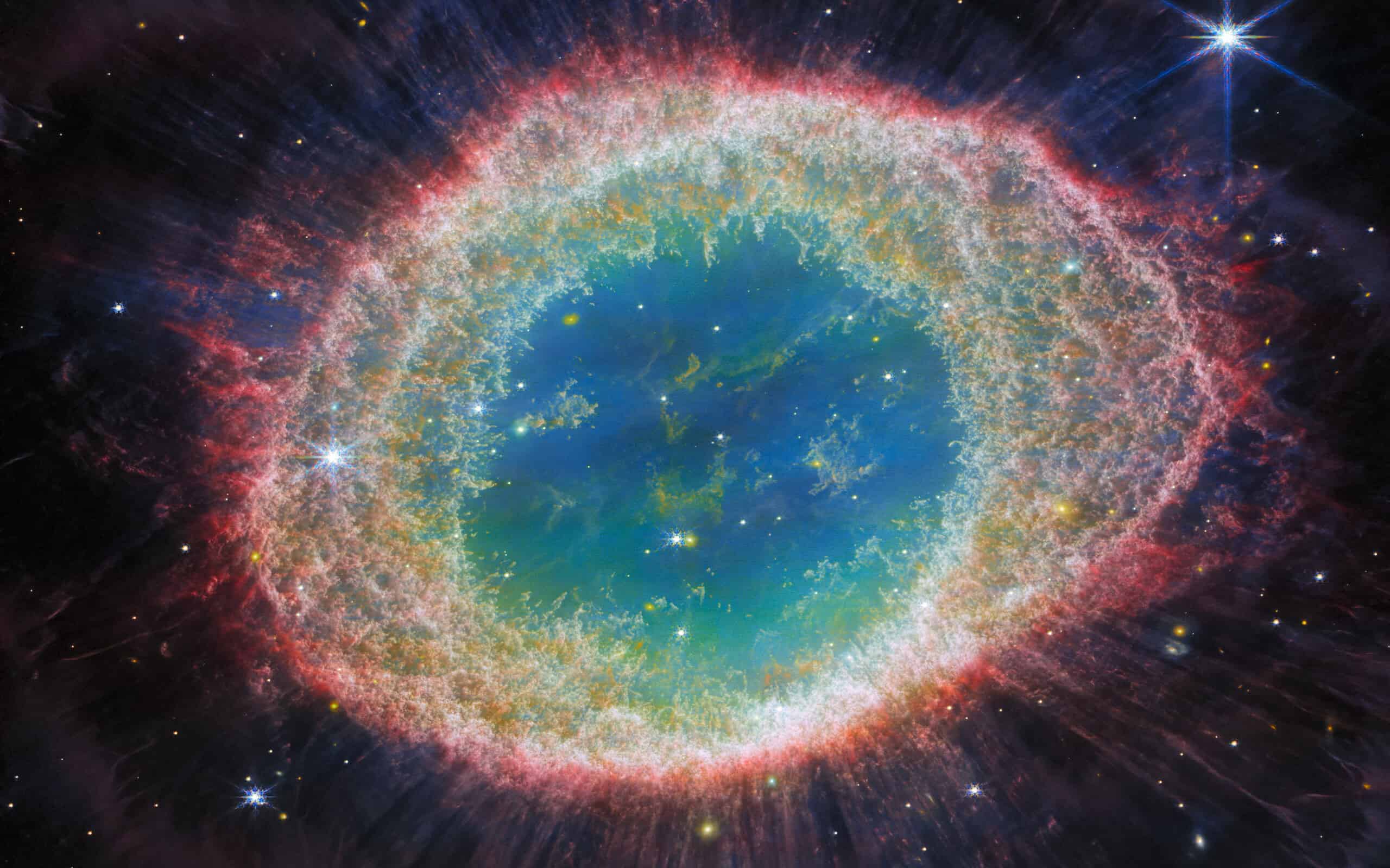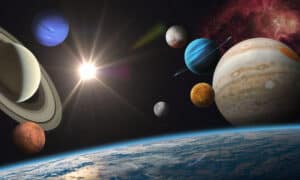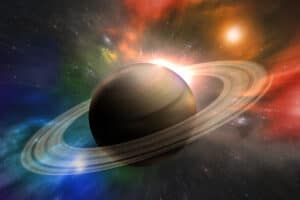On August 21, 2023, NASA revealed new images of the Ring Nebula captured by the James Webb Space Telescope. The Ring Nebula is a stunning and perfect example of a planetary nebula, the final remains of a star after it has died in a supernova.
With the ability to capture higher-resolution images with its newer technology, James Webb has been revisiting stellar objects previously observed by the Hubble telescope to uncover new details and learn new information about our universe. In the case of the Ring Nebula, James Webb’s observations have revealed new structures. It also raised new questions and possibilities about the familiar cosmic structure.
Members of the ESSENcE team (Evolved StarS and their Nebulae in the JWST Era) made use of the extremely powerful cameras and instruments on James Webb to capture the new images. These include James Webb’s Webb’s NIRCam (Near-Infrared Camera) and MIRI (Mid-Infrared Instrument). Both instruments are able to capture different wavelengths of light. They can see structures that might not be visible to the naked eye. Additional analysis adds color that matches the wavelengths of the data collected.
What is a Planetary Nebula?
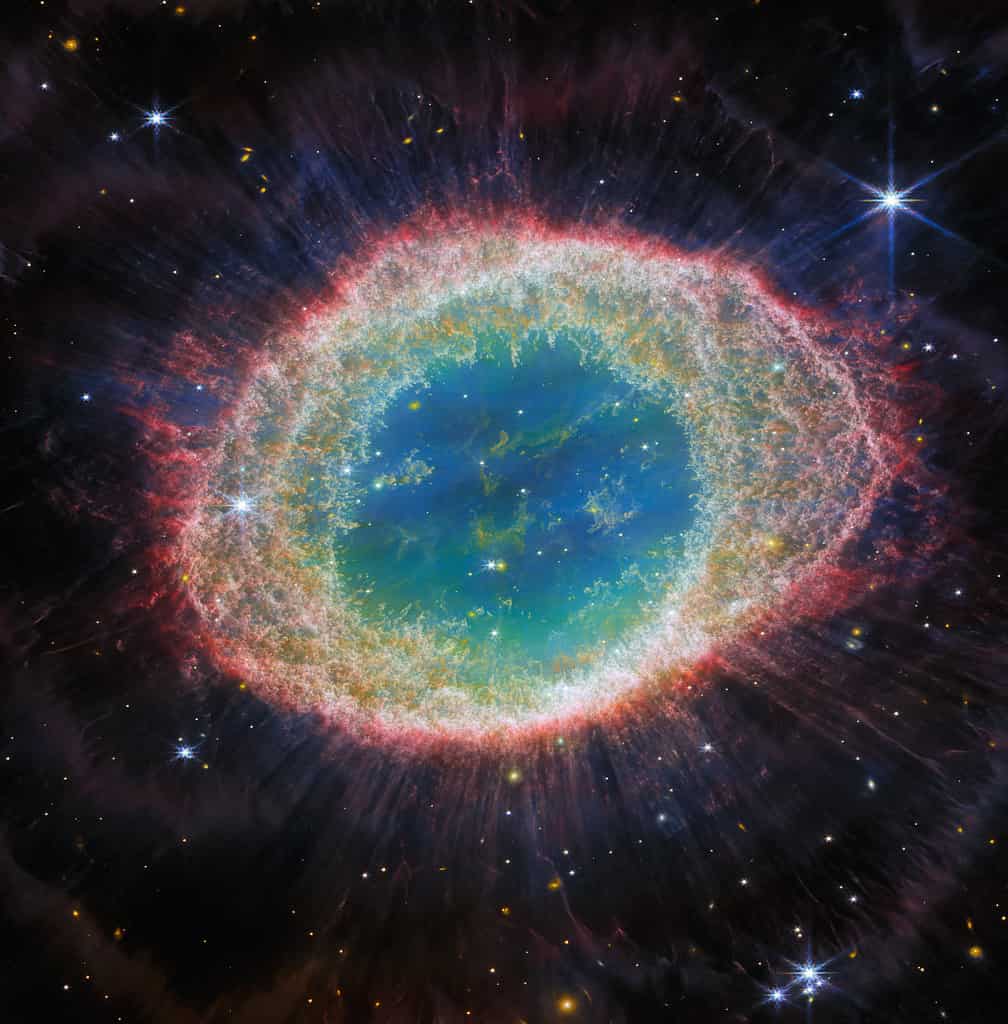
The Ring Nebula, as captured by James Webb’s NIRCam. Image provided by NASA.
A nebula, in general, is an enormous cloud of dust and gas, their sizes measured in light years. The largest nebulae are where stars are born. When enough of the gas and dust gathers to form a body big enough to ignite fusion in the core, a star is born. We call them stellar nurseries. Planetary nebulae are clouds of dust and gas that have been violently thrown from the surface and body of an existing star after it explodes during a supernova at the end of its life.
These clouds of gas that once made up the body of the star are then propelled through space at incredible speeds. The dying star heats them up and they are carried away on solar winds. These planetary nebulae usually include heavier elements that were formed in the center of the star. These lead to brilliant colors and stunning structures.
Why is The Ring Nebula so Special?
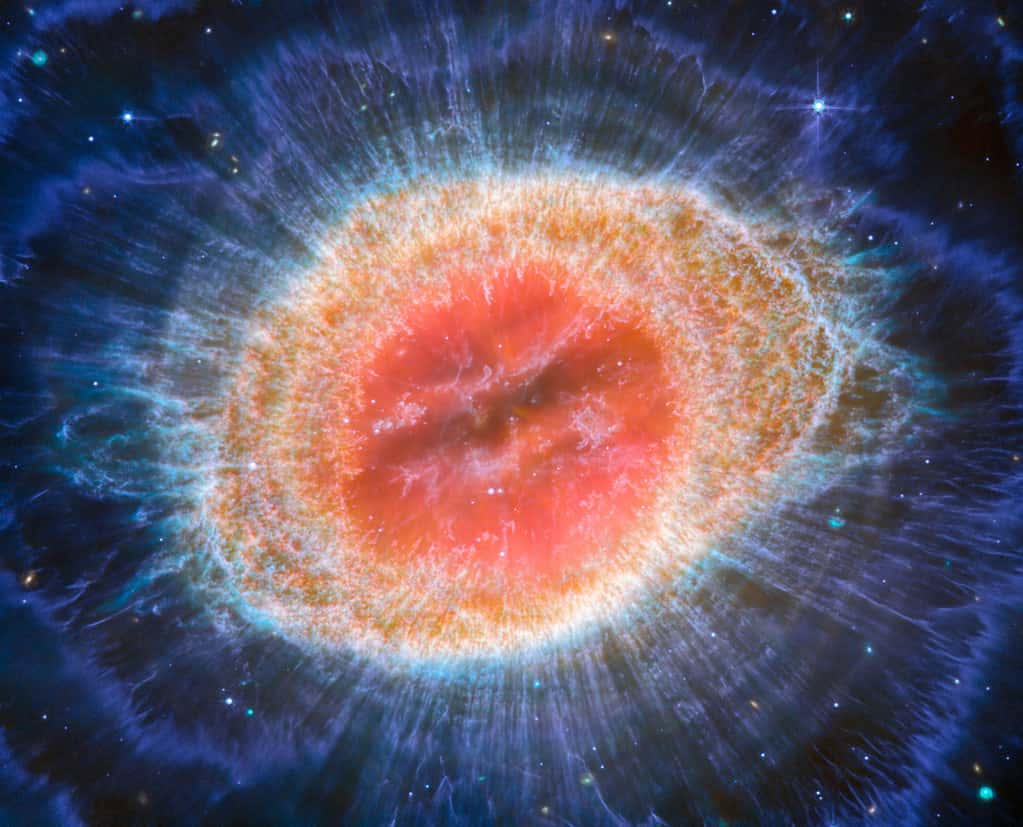
The Ring Nebula as seen through James Webb’s MIRI instrument. Provided by NASA.
The Ring Nebula is a perfect candidate to further analyze the nature of planetary nebulae because it is so close to Earth. It is only 2,200 light-years away, which is basically down the street in galactic terms. In fact, it is even visible on clear nights from both the northern and southern hemispheres. All you need is just a pair of binoculars. Its close proximity makes it easy for James Webb to capture every part of it in vivid detail. In fact, images of the Ring Nebula were among the first captured during the first weeks of James Webb’s operation. The James Webb Telescope took these images on July 12, 2022.
While the images of the Ring Nebula captured by the Hubble telescope were impressive and captured our imagination for many years, the technology on James Webb has given us a look into the life and death of the star in the center of the nebula scientists had only ever dreamed of. Previously, planetary nebulae were thought to be relatively simple structures, just circular clouds of gas with a star in the middle. These new images show that they are much more complex than researchers expected.
What did James Webb Reveal?
The images revealed the presence of approximately ten concentric rings. All of them are regularly spaced within the halo of the nebula and surrounding the central star. They are so evenly spaced that scientists have been able to calculate that each ring formed about 280 years after the last. The presence of these rings suggests that the star in the center of the Ring Nebula might actually have a companion star that is still orbiting. This companion star (orbiting about as far away as Pluto is from our own sun) would orbit through the debris and gas as it is flung from the primary star. Scientists think this might explain the ring-shaped structures.
Additionally, James Webb was able to see that the bright ring for which the nebula is named is actually composed of over 20,000 individual groups of dense hydrogen. Each one is about the same mass as Earth. Sharp spikes on the edge of the nebula that were only barely detectable on Hubble images are now clearly defined. Also, scientists were surprised to find a narrow band of complex carbon molecules within the nebula itself. Scientists did not expect to find these molecules in the emissions of a supernova. Their presence here raises more questions about how supernovae happen.
So, what’s next for this dying star? These are just the initial images of the Ring Nebula. Yet, researchers were already stunned by the detail in them. Scientists expect to return in the future to get more detailed images to answer some of these questions. And maybe discover some new ones.
Thank you for reading! Have some feedback for us? Contact the AZ Animals editorial team.

